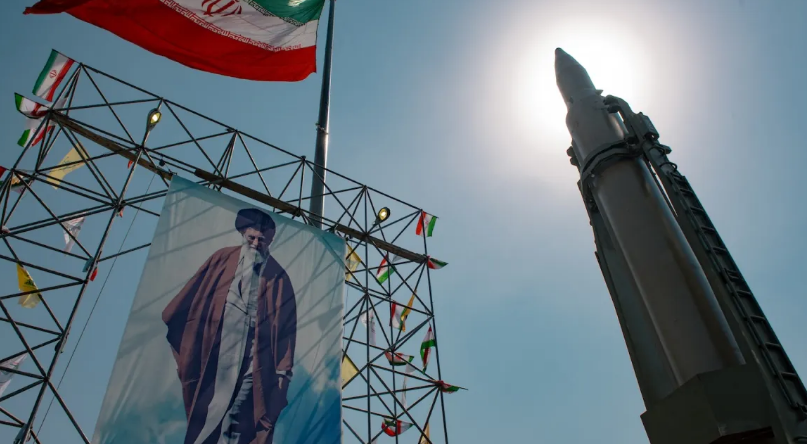
The Dangers and Consequences of Striking Iran’s Nuclear Facilities
Israel has been attacking Iran’s nuclear facilities, particularly its underground uranium enrichment facilities.
The International Atomic Energy Agency (IAEA) has reported significant damage to its Natanz plant in the nation’s capital.
Fordo, another location, is buried deep within a mountain. Only the United States possesses the more potent “bunker busting” bombs needed to reach this underground complex.
What dangers would bombing Fordo pose, then?
The attacks on Iran’s nuclear facilities have been deemed “deeply concerning” by the IAEA.
According to Rafael Grossi, its Director General, military escalation “increases the chance of a radiological release with serious consequences for people and the environment” on Monday.
The purpose of uranium enrichment centres is to increase the supply of a specific uranium type, or isotope.
According to Professor Paddy Regan of the University of Surrey and the UK National Physical Laboratory, “when you dig uranium out of the ground, it comes in two forms: 99.3% is uranium-238 – and 0.7%, or about one atom in 150, is uranium-235, and this is what you need to work in your nuclear reactor.”
A surge of vitality
In essence, nuclear enrichment is the process of producing more uranium-235.
According to Prof. Regan, this is accomplished by spinning uranium in its gaseous state in devices known as centrifuges.
Additionally, uranium-238 separates off as it spins because it is heavier than the necessary uranium-235. To increase the enrichment, this is done repeatedly.
About 3–5% of this enriched uranium is normally required by nuclear power plants in order to produce a regulated nuclear reaction that releases energy.
However, a far larger percentage of uranium-235—roughly 90%—is required when the goal is to create a nuclear weapon.
In other words, when all those atoms split, the energy burst is larger in uranium that is more enriched.


